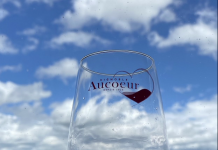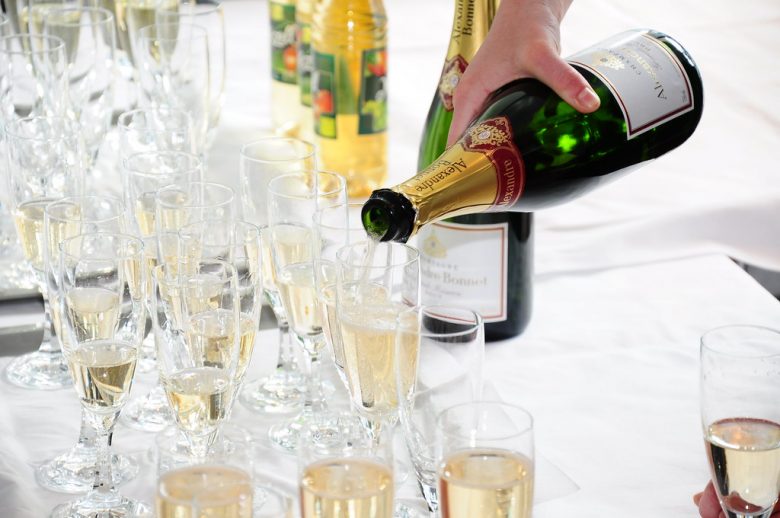One of the first definitions that shows up when you type “community” on Google is “the condition of sharing or having certain attitudes and interests in common’’. Well, that’s exactly what wine communities are about: Bringing people TOGETHER who have similar interests. Talking about the Wine Industry in Particular – From the way the grapes are grown to the final product that we enjoy in our glasses, there are countless factors that go into creating a delicious bottle of wine. At the heart of the wine industry are the people who make it all happen. From the winemakers to the sellers and distributors, every person involved in the wine-making process has a crucial role to play.
When it comes to wine, it’s not just about the end product. It’s about the journey that leads to it. It’s about the soil, the weather, the environment, the grapes, the timing, the harvest and so on. You think making wine is that easy?

The Soil: The Foundation of Great Wines
One of the most critical aspects of wine production is the soil in which the grapes are grown and vineyard workers play a critical role in analyzing and managing it. Winegrowers must determine soil properties and identify which grape varieties will thrive in a particular environment, since the type of soil and its nutrient content can significantly impact the quality and flavor of the grapes.
Weather: A Fickle Friend to Winemakers
The weather is another crucial factor in the wine-making process. The right combination of temperature, sunlight and precipitation can help the grapes ripen properly and develop great flavors and aromas. Grapes are incredibly sensitive to their environment, and even a small change in temperature or rainfall can impact the final product. Thus, vineyard workers are vigilant during the summer months to protect the grapes from sunburn, which can compromise the flavor and quality of the wine: they can use irrigation systems to ensure that the grapes receive enough water during dry periods or take steps to protect the grapes from excessive heat or cold. I understood this while I was traveling through Bordeaux Region. I must say Bordeaux Wines are Popular worldwide.

The Grapes: Diversity in the Vineyard
The grapes themselves are the foundation of any good wine. Therefore, winegrowers carefully select the varieties they use to achieve the desired flavors and aromas, as different grape varieties require different growing conditions and care.
As a matter of fact, some grapes, such as the Nebbiolo Italian grape used to make Barolo and Barbaresco wine, are incredibly finicky and require perfect growing conditions to produce the best results. However, in certain wine regions, grape varieties follow strict regulations. In Bourgogne, only the main traditional grape varieties (Pinot Noir, Chardonnay and Aligoté) are allowed, to preserve the authenticity and quality of Bourgogne’s wines.
Without experienced vineyard workers who understand how to care for each varietal, the grapes would not reach their full potential.
A Delicate Balance : the Ecosystem of the Vineyard
The ecosystem of a vineyard is incredibly complex and includes a wide range of organisms, from insects to fungi. Winegrowers manage the ecosystem carefully to ensure that it remains in balance and that the grapes are protected.
They may use natural and sustainable methods to control pests, such as introducing ladybugs to eat parasites or by cultivating certain types of fungi that can help protect the grapes from disease. Cover crops are increasingly being used as an alternative to intensive tilling and the use of certain pesticides, while improving the soil’s health and limiting erosion.
The Harvest : Picking Grapes at the Peak of Perfection
Harvest is the culmination of all of the hard work that has gone into growing the grapes. It requires careful attention to detail. The timing of the harvest has a significant impact on the complexity and quality of the wine. Harvesters are trained to pick the grapes at the right time and handle them gently. They need to ensure that the grapes are ripe enough and ready for fermentation. In the Bourgogne region (France), most of the vineyards hand-harvest each grape. Only the highest quality fruit is used in the wine, and the vine is also respected.
Du Vert Dans La Vigne : Our Association
To support this ecosystem, Aveine has started an Association – Du Vert dans la Vigne.
As climate patterns become more unpredictable, the wine industry must adapt to maintain production of high-quality sustainable wine. Du Vert Dans La Vigne is dedicated to supporting vineyard workers and winemakers as they face these challenges. The association provides resources and support to help them become more resilient and sustainable in the face of climate change. We will put our efforts to support researchers and all the people involved in the wine making process.

Are you interested in learning more about the wine industry and all of the winejobs? Check out our blog or linkedin !









